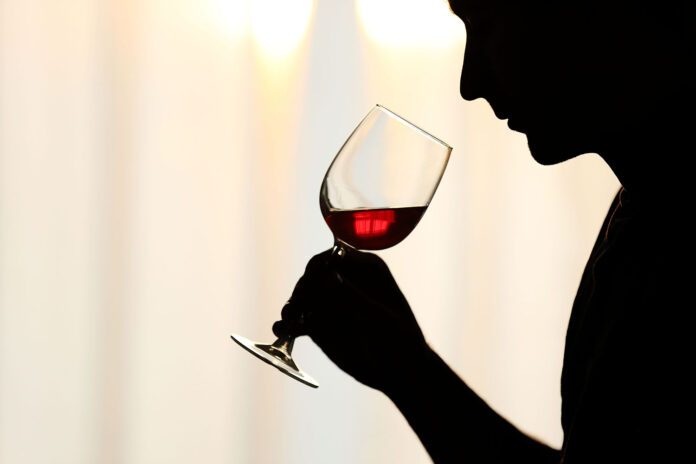
Wine, a beverage that has captivated and enchanted people for centuries, holds a special place in our hearts and minds. The art of wine appreciation goes beyond simply drinking it; it is about immersing oneself in a world of flavors, aromas, and experiences.
From the vineyards that produce the grapes to the hands that carefully craft it, every step is a testament to the passion and dedication behind this ancient elixir.
In this blog post, we will delve into the intricacies of wine appreciation, exploring everything from the basics of wine types and glassware to the joy of creating memorable experiences.
Understanding the Basics ─ Types, Varietals, and Regions
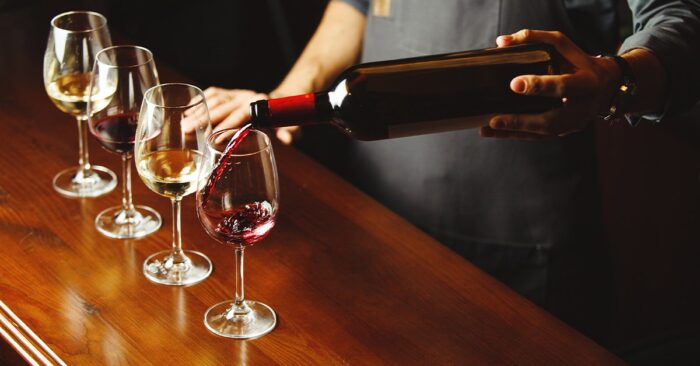
To truly appreciate wine, one must first understand its foundation. It comes in a myriad of types, including red, white, rosé, and sparkling. Each type offers a unique flavor profile and characteristics that cater to diverse preferences.
Within these types, there are numerous varietals, such as Cabernet Sauvignon, Chardonnay, and Pinot Noir, each expressing its own distinct personality. Additionally, they are influenced by the regions where they are produced, known as terroirs.
These regions, with their specific climates, soils, and traditions, contribute to the character and quality. When seeking to explore and procure great wines direct from the source, understanding these foundational elements becomes even more vital.
Choosing the Right Glassware for Enhancing Wine Flavors
Selecting the appropriate glassware is crucial for enhancing the flavors and aromas of the wine. The shape and size of the glass can significantly impact the drinking experience. For red ones, opt for glasses with wider bowls that allow them to come into contact with more air, releasing their aromas.
White vinos are best enjoyed in narrower glasses, which help maintain the cooler temperature and focus the aromas toward the nose. Sparkling wines, on the other hand, necessitate tall, slender flutes to preserve effervescence. Investing in quality glassware not only adds elegance to the occasion but also elevates the overall vino-tasting experience.
Properly Serving Temperatures for Different Types of Wine
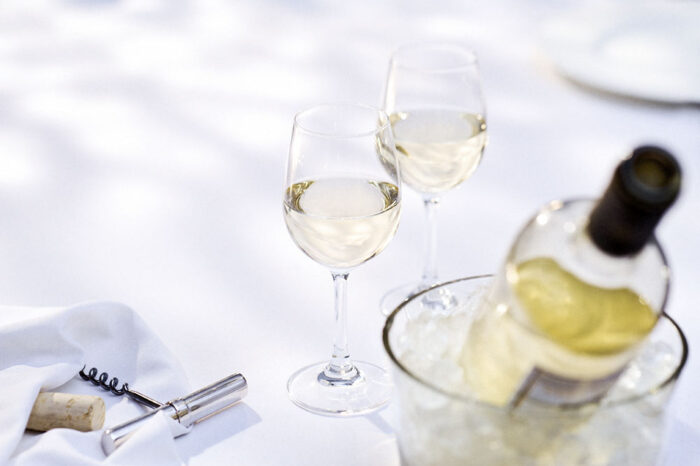
Serving it at the correct temperature is essential for maximizing its potential. Serving it too warm or too cold can significantly alter its taste. Generally, red ones are best served slightly below room temperature, between 60-68°F (15-20°C), to showcase their complex flavors.
White ones should be served chilled, but not too cold, around 45-50°F (7-10°C), to enhance their crispness and aromatics. Sparkling ones, including Champagne, are enjoyed at even lower temperatures, typically between 38-45°F (3-7°C), to preserve their bubbles and refreshing qualities.
Unlocking the Hidden Flavors and Aromas
Decanting and aerating wine can be a transformative process that unlocks hidden flavors and aromas. Decanting involves transferring it from the bottle to a decanter, allowing it to separate from any sediment and breathe.
This process is especially beneficial for older red wines. Aeration, on the other hand, involves swirling it in the glass to introduce oxygen, which softens tannins and releases aromas. Young red vinos often benefit from this technique.
Mastering the Art of Swirling ─ Observing the Wine’s Legs and Viscosity
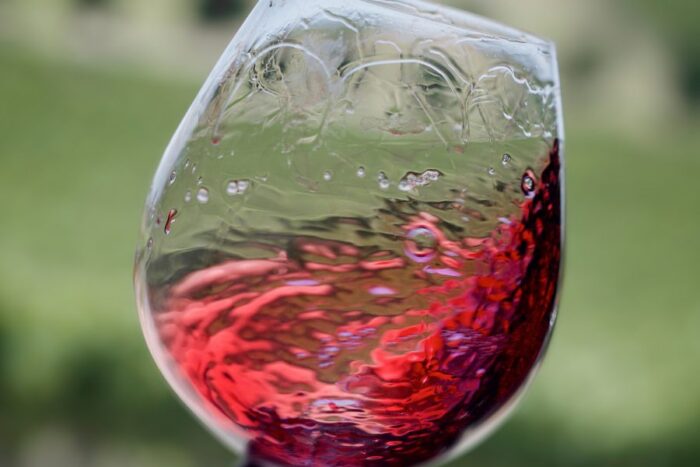
Swirling it in the glass is more than just an elegant motion; it serves a purpose. This technique exposes it to air, allowing it to release its aromas and develop complexity. As you swirl, observe the “legs” or “tears” that form on the inside of the glass. These droplets provide insights into its alcohol content and body.
Slow, thick legs indicate a fuller-bodied vino, while fast, thin legs suggest a lighter-bodied vino. Viscosity, or its texture, can also be observed through swirling. Mastering this art allows you to gather visual cues about it before even tasting it.
A Step-by-step Guide to Evaluating Wine
Tasting wine is a sensory experience that engages all our senses. Begin by visually examining its color and clarity. Swirl it and inhale deeply, taking note of the aromas. Next, take a small sip and let it coat your palate, paying attention to the taste and texture. Notice the balance between acidity, sweetness, tannins, and body.
Consider the length and complexity of the finish. Finally, reflect on your overall impression and whether it aligns with your preferences. Through mindful tasting, you can develop a deeper understanding and appreciation for the intricacies.
Complementary Flavors and Balance
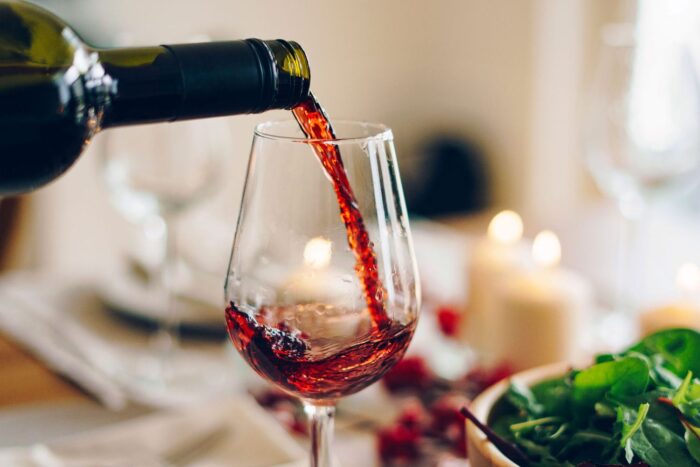
Pairing it with food is an art form that can enhance both the flavors of the dish and it. The key is to achieve a harmonious balance, where the flavors of each complement and elevate the other.
As a general rule, lighter vinos pair well with lighter dishes, such as seafood or salads, while fuller-bodied vinos are better suited for heartier fare like red meat or rich sauces. Consider the dominant flavors in the dish and choose a vino that either matches or contrasts them. Experimentation is key, as the right pairing can create a culinary experience that transcends individual components.
A Journey Through Different Terroirs
Embarking on a journey through different regions allows us to explore the diverse terroirs and taste the unique expressions of each place. From the rolling vineyards of Bordeaux to the sun-drenched hills of Tuscany, every region tells a story through its wines.
Discover the rich, bold flavors of Napa Valley’s Cabernet Sauvignon or the elegant, fruity notes of New Zealand’s Sauvignon Blanc. Each region has its signature varietals and making techniques, reflecting its terroir’s distinct characteristics. Exploring regions broadens our horizons, deepens our appreciation, and introduces us to a world of flavors waiting to be savored.
Best Practices for Preserving Taste and Quality
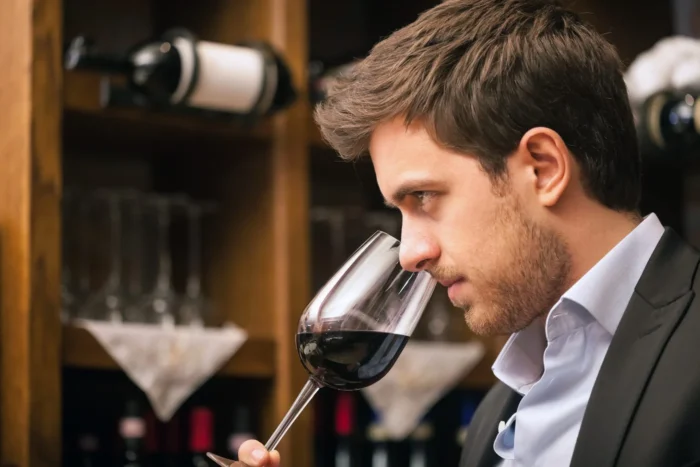
Proper storage is crucial to maintain the taste and quality of your wine collection. Wine is sensitive to temperature, light, humidity, and vibrations. Store your vino in a cool, dark place, preferably between 50-59°F (10-15°C), to slow down aging and prevent oxidation.
Avoid storing wine in the kitchen or near appliances that generate heat. Maintain a humidity level of around 70% to keep the corks from drying out. Lastly, minimize vibrations that can disturb the sediments and affect the aging process.
Creating Memorable Experiences
Beyond the technicalities, the joy of wine appreciation lies in creating memorable experiences. Wine has the power to connect people, evoke emotions, and enrich our lives. Whether it’s sharing a bottle with loved ones, exploring new flavors at a vineyard, or toasting on a special occasion, wine brings us together in celebration.
It invites us to slow down, savor the moment, and appreciate the beauty of craftsmanship and nature. So, the next time you pour yourself a glass of vino, remember to raise it not only to your lips but also to the countless stories, cultures, and traditions that have shaped this magical elixir. Cheers to the art of wine appreciation!








